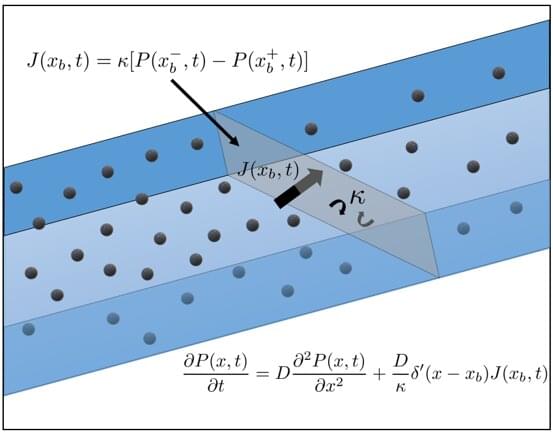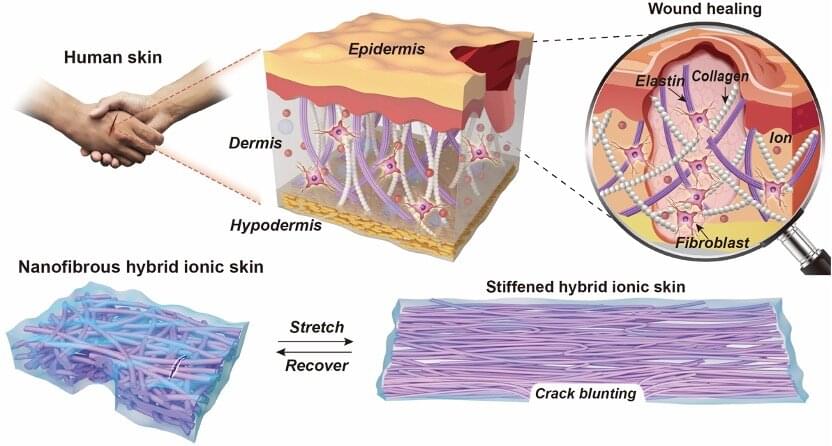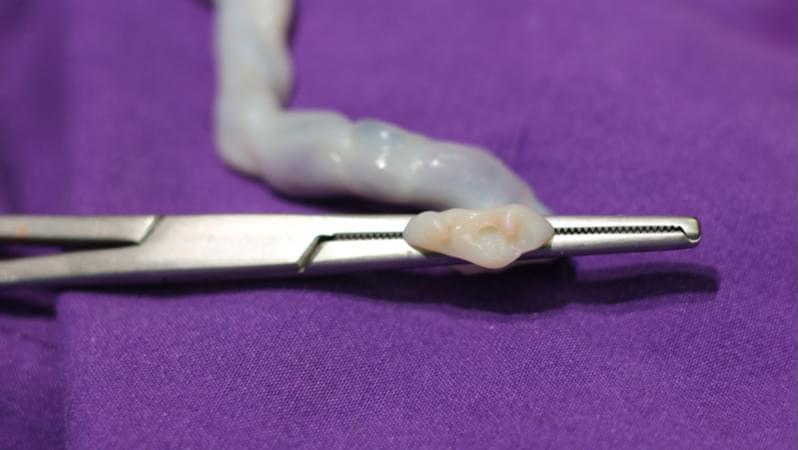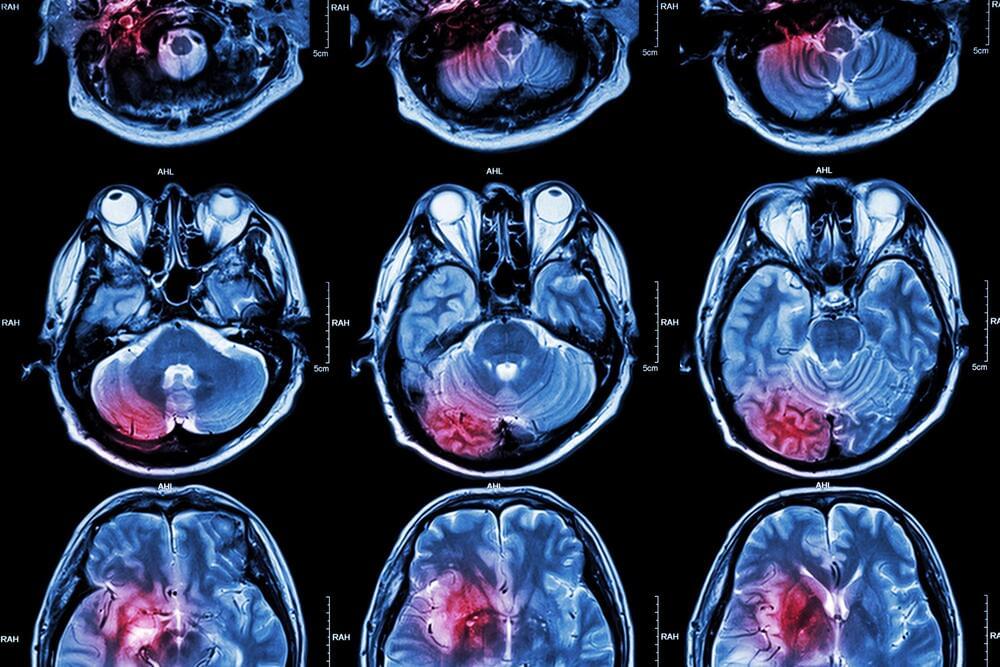Were you unable to attend Transform 2022? Check out all of the summit sessions in our on-demand library now! Watch here.
The last two years saw cloud technology heavily encouraged across almost every sector. For businesses wishing to thrive in the chaos of the pandemic, the move to cloud environments became a necessity amidst the shift to remote work and the frequent inability to access data centers.
As a result, more businesses than ever — including many in established industries such as manufacturing, retail and healthcare — have accelerated their adoption of cloud-first models and strategies. This approach is empowering these industries with more agility and efficiency in what has been a very uncertain time for the world and thus, for business.






